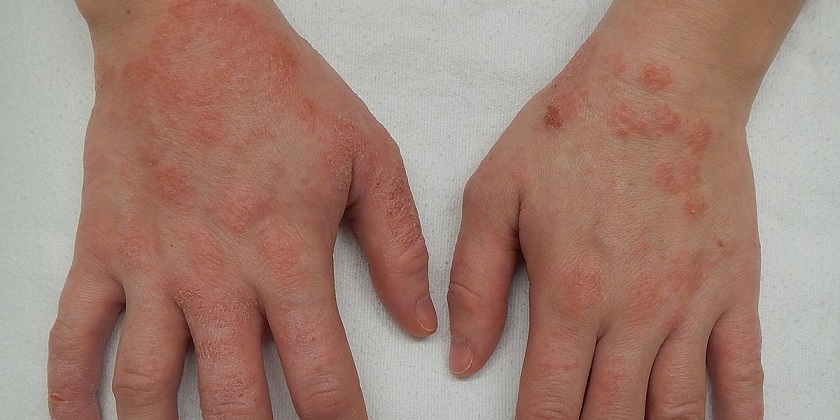


Atopic eczema (atopic dermatitis) is the most common form of eczema, a condition that causes the skin to become itchy, red, dry and cracked.
Atopic eczema is more common in children, often developing before their first birthday. However, it may also develop for the first time in adults.
It's usually a long-term (chronic) condition, although it can improve significantly, or even clear completely, in some children as they get older.
Atopic eczema causes the skin to become itchy, dry, cracked, sore and red. Some people only have small patches of dry skin, but others may experience widespread red, inflamed skin all over the body.
Although atopic eczema can affect any part of the body, it most often affects the hands, insides of the elbows, backs of the knees and the face and scalp in children.
People with atopic eczema usually have periods when symptoms are less noticeable, as well as periods when symptoms become more severe (flare-ups).
See your GP if you have symptoms of atopic eczema. They'll usually be able to diagnose atopic eczema by looking at your skin and asking questions such as:
Typically, to be diagnosed with atopic eczema you should have had an itchy skin condition in the last 12 months and three or more of the following:
The exact cause of atopic eczema is unknown, but it's clear it is not down to one single thing. Atopic eczema often occurs in people who get allergies – "atopic" means sensitivity to allergens.
It can run in families and often develops alongside other conditions, such as asthma and hay fever.
The symptoms of atopic eczema often have certain triggers, such as soaps, detergents, stress and the weather. Sometimes food allergies can play a part, especially in young children with severe eczema.
You may be asked to keep a food diary to try to determine whether a specific food makes your symptoms worse. Allergy tests aren't usually needed, although they're sometimes helpful in identifying whether a food allergy may be triggering symptoms.
Treatment for atopic eczema can help to relieve the symptoms and many cases improve over time.
However, there's currently no cure and severe eczema often has a significant impact on daily life, which may be difficult to cope with physically and mentally. There's also an increased risk of skin infections.
Many different treatments can be used to control symptoms and manage eczema, including:
Eczema is the name for a group of skin conditions that cause dry, irritated skin. Other types of eczema include: